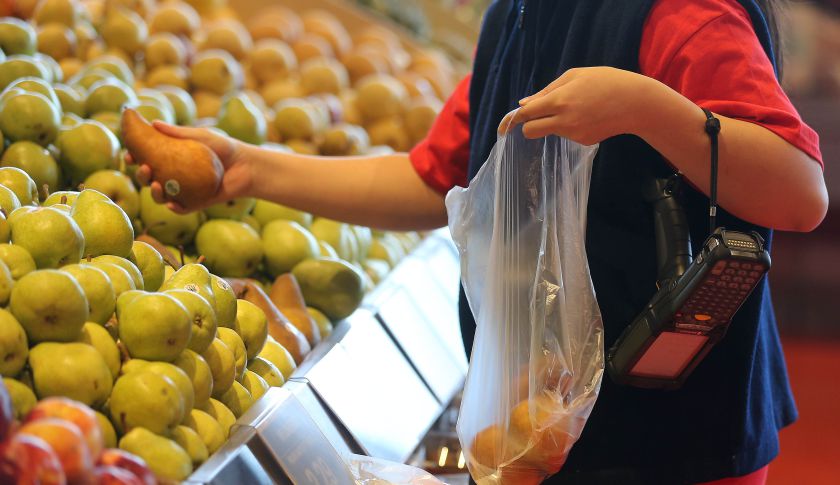
Start by developing technologies that reduce all the wasted food out there.
The world’s population is expected to increase from 7 billion today to 9 or 10 billion by the end of the century, according to the United Nations. We also can expect more pressure on the food supply as people in the developing world adopt middle class lifestyles, which usually involve eating more meat. To satisfy global demand, we will need to roughly double today’s output, which means getting smarter about how we produce and manage food.
The good news is that innovation is coming to the farm. Advanced information technology, improved communications systems, robotics, drones, and other new technologies have the potential to boost agricultural yields and reduce waste while tempering environmental degradation.
In the past, the world fed a growing population largely by cultivating undeveloped land and increasing agricultural inputs, including fertilizer and water. These are not very good options today. Clearing more land for agriculture now often means destroying rainforests and other valuable natural areas. Adding inputs makes sense in some poorer countries, where fertilizer and other resources are underutilized, but in most parts of the world, this strategy will mean heavier nutrient loads in waterways, depleted water supplies, and higher greenhouse gas emissions. Genetically modified crops have helped to boost production in recent years, but it appears that this strategy too may have limits – certainly political and possibly biological.
If our best chance of escaping a future food crisis is innovation, then an obvious place to look for solutions is food waste. No one knows for certain how much food the world wastes, but it seems that somewhere between 30% to 50% of the food we grow around the world goes uneatened. Waste occurs at almost every point in the chain—from farm to truck to warehouse to grocer to restaurant to household kitchen.
On farms in many parts of the world, food spoils because cold storage and transport are inadequate or non-existent. An obvious answer would be to install refrigeration in more farms, trucks, and warehouses, but this can be very costly. Another more economical approach is to equip farmers with better information and communications tools—smartphones are an obvious choice—so that farmers have information about markets at their fingertips and can better plan their harvests and distribution.
Read the full news on Fortune
